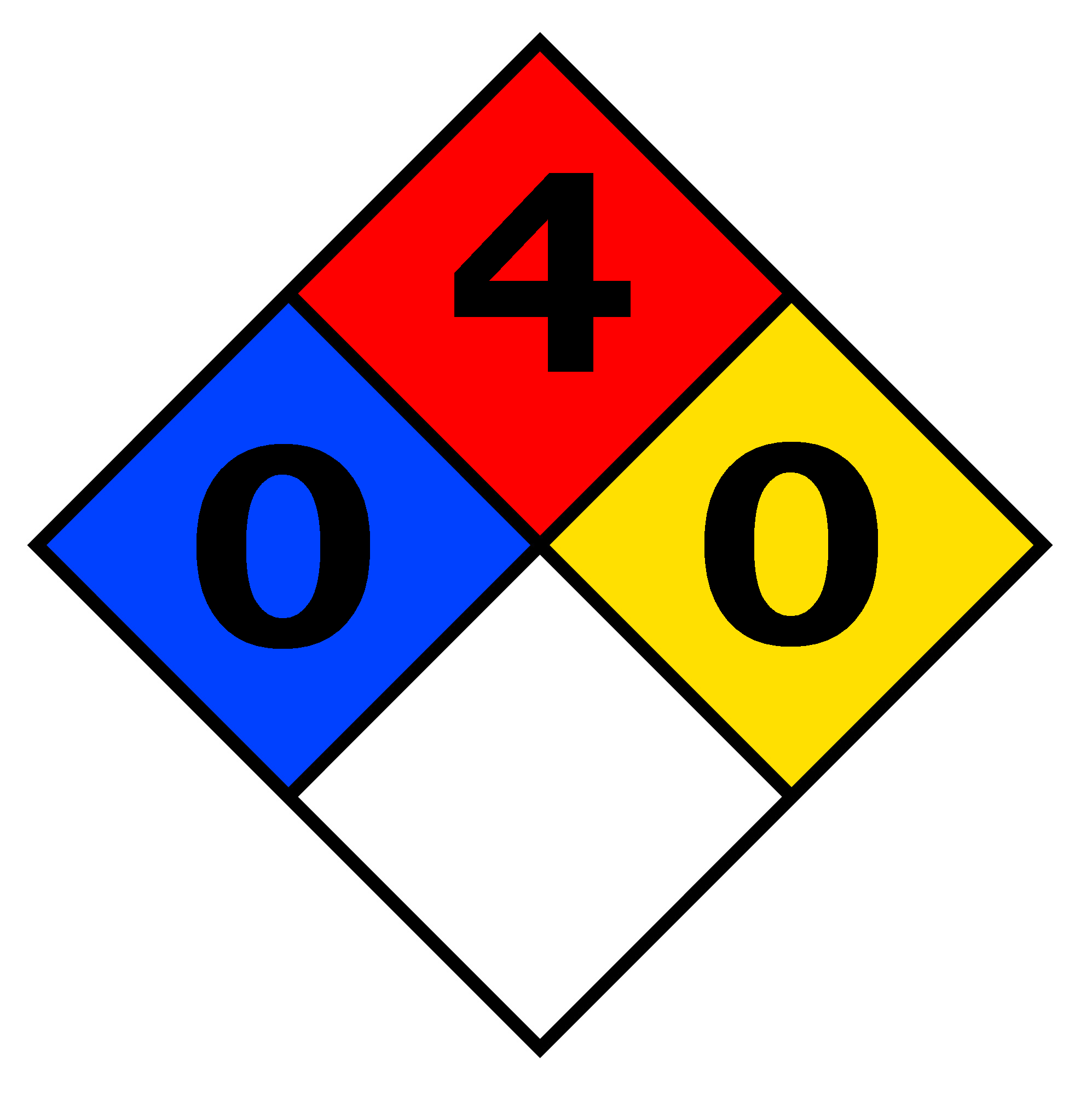Dream / H2SafetyPlan
Hydrogen can be very dangerous. It can ignite in concentrations anywhere between 4% and 75% by volume in air. Comparatively, gasoline can only ignite between ~1% and ~8%. Furthermore, when Hydrogen burns, its flame is invisible in daylight, and it generally comes as a pressurized gas, which is a danger in itself.
None of us wants anybody to get hurt, so we are taking the following precautionary measures.
- All spectators will have to observe from a distance, calculated by the amount of force generated by a stoichiometric explosion of 197 cubic feet (a K sized gas tank) full of hydrogen.
- Balloonists will be required to leave all potential sources of ignition - including watches, cell phones, and cameras - away from the fill site.
- All balloonists and equipment will be properly, electrically grounded.
- A fire diamond will prominently display the risks of the material being used, should something go wrong and firefighters need to step in.
- The balloon will carry a warning placard on or near the neck advising that the balloon contains flammable hydrogen no smoking or open flames and should it be found with the balloon still inflated. A contact telephone number will also be provided.
- A flashback arrestor will be directly attached to the hydrogen tank, before the regulator, to prevent any accidental ignition from spreading to the source canister.
- A dry chemical-type fire extinguisher will be on hand.
The characteristic of hydrogen that we are taking advantage of in this experiment also makes outdoor usage reasonably safe. Gaseous H2 will float to the top of earths atmosphere, even when burning, so the gas will always burn upwards.
